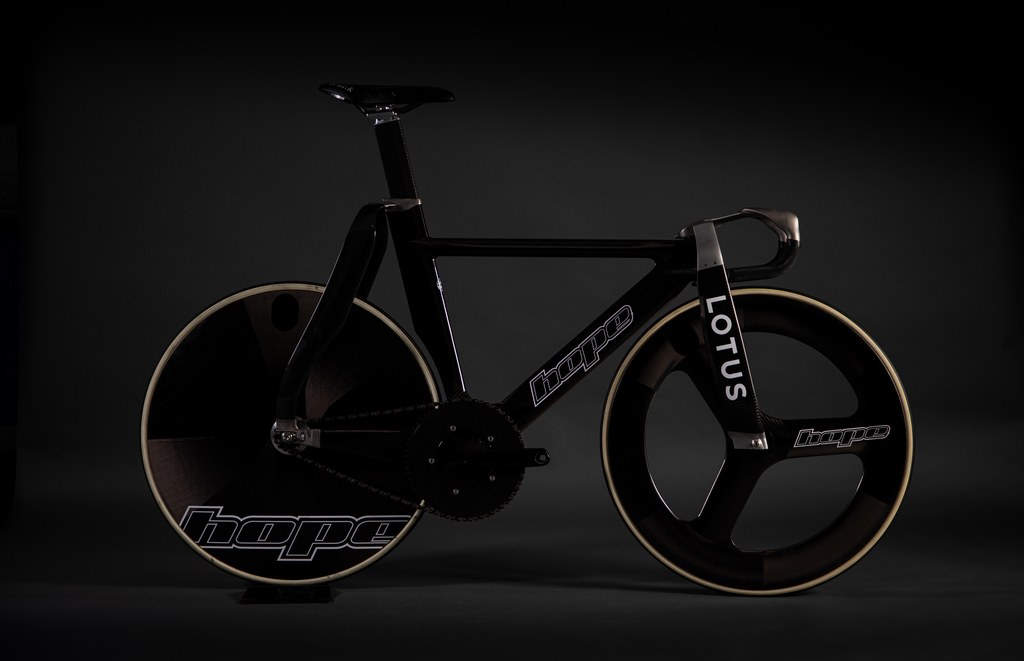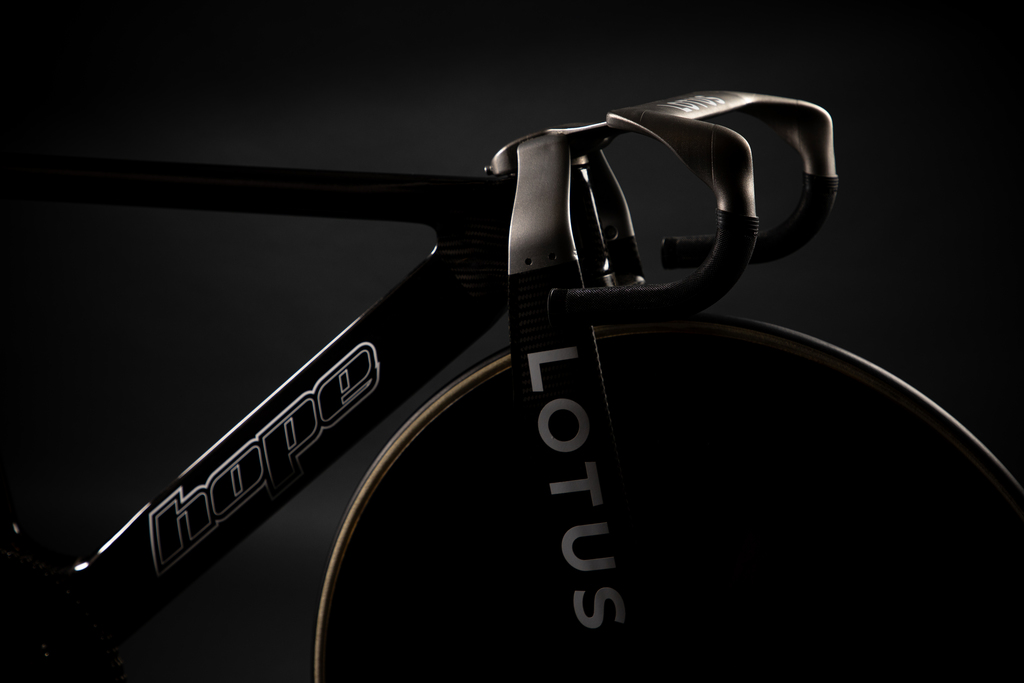Additive manufacturing will be helping Team GB reach for gold at the Tokyo 2020 Olympics.
Metal 3D printer manufacturer Renishaw has aided Lotus Engineering, the consultancy division of British automotive firm Lotus, and bicycle engineering company Hope Technology to design a new track bike for the Great Britain Cycling Team. Using the RenAM 500M system designers prototyped and produced end-use parts for the bicycle, named HB.T. It has helped to deliver improved track performance with lightweight parts and an innovative design.
Tony Purnell, head of technology for the Great Britain Cycling Team, commented: “It’s a dream team of engineering prowess – Hope Technology bring high quality manufacturing standards and Lotus Engineering is renowned for lightweight design and outstanding aerodynamic efficiency.”
“Both have been supported and advised by additive manufacturing experts Renishaw, who have ensured that Lotus and Hope have access to the most modern and fastest turnaround process from design to usable pieces.”

Innovative bike design achieved with metal AM
The design of the bike was handled by Purnell, alongside Lotus Engineering and Hope Technology. It features a number of distinctive components, including wide seat stays and unique handlebars.
Collaborating with Renishaw for the design stage of the cycle, the engineers initially 3D printed plastic prototypes of HB.T’s parts to help determine fit and form. The team then moved on to 3D printing several metal iterations of the bike’s components using Renishaw’s RenAM 500M laser powder bed fusion additive manufacturing system.
After the parts were bonded together on the main rig of the cycle, it was then placed in a windtunnel for subsequent testing. This helped to evaluate its performance, in order to ensure maximum performance with minimal weight.
The final version of the bike was then manufactured in carbon fiber. In order to speed the turnaround times, Renishaw 3D printed the tooling for creating the bike’s carbon fiber parts, which proved a faster method than traditional manufacturing. The faster turnaround times enabled further wind tunnel tests to be completed on the final carbon fiber iteration of the bicycle.

Hope Technology, which has extensive experience in designing, manufacturing and testing innovative components for bikes, created the frame of the HB.T cycle. Lotus Engineering, with help from Hope Technology, produced the front fork design and handlebars. The result is an innovative track bike that Team GB are confident can help them achieve success in Tokyo next summer: “The development of the new track bike reflects our aspiration to be the world leaders in innovation and aerodynamics, and has been an impressive collaborative effort with our partners to produce a research-backed and courageously innovative track bike for use in the Olympic Games,” added Stephen Park OBE, Performance Director for the Great Britain Cycling Team.
The bike already made its initial competitive debut with the Great Britain Cycling Team at the Minsk-Arena velodrome in Belarus (1-3 November 2019) to ensure eligibility for the 2020 Olympics, in accordance to new rules set by the Union Cycliste Internationale (UCI). UK fans will be able to catch the new bike again at the Sir Chris Hoy Velodrome, Glasgow, from 8-10 November.

3D printing in professional cycling
Becoming established as a mainstay technology for consumer bikes, additive manufacturing is also being applied from design to production stages for professional cycling. As well as the upcoming Tokyo 2020 Olympic games, 3D printing made an appearance through the cycling events at the Rio 2016 games as well, for the French Cycling Federation. In partnership with Erpro & Sprint and S2A, seven french athletes had custom 3D printed handlebars.
In other related news Gamux, a mountain-bike Worldcup team, recently released its own range of 3D printed cycling products. Using its professional race team’s efforts in the extreme conditions of Downhill cycling tournaments for testing the parts, including spacers and Garmin mounts, are up for sale on its online-store, with an aim to extend the product line with further advanced testing during the ongoing 2019 season.
Subscribe to the 3D Printing Industry newsletter for the latest news in additive manufacturing. You can also stay connected by following us on Twitter and liking us on Facebook.
Looking for a career in additive manufacturing? Visit 3D Printing Jobs for a selection of roles in the industry.
Featured image shows test ride with the new HopeLotus track bike for British Cycling at the Manchester Velodrome. Photo via Hope/Lotus British Cycling.


